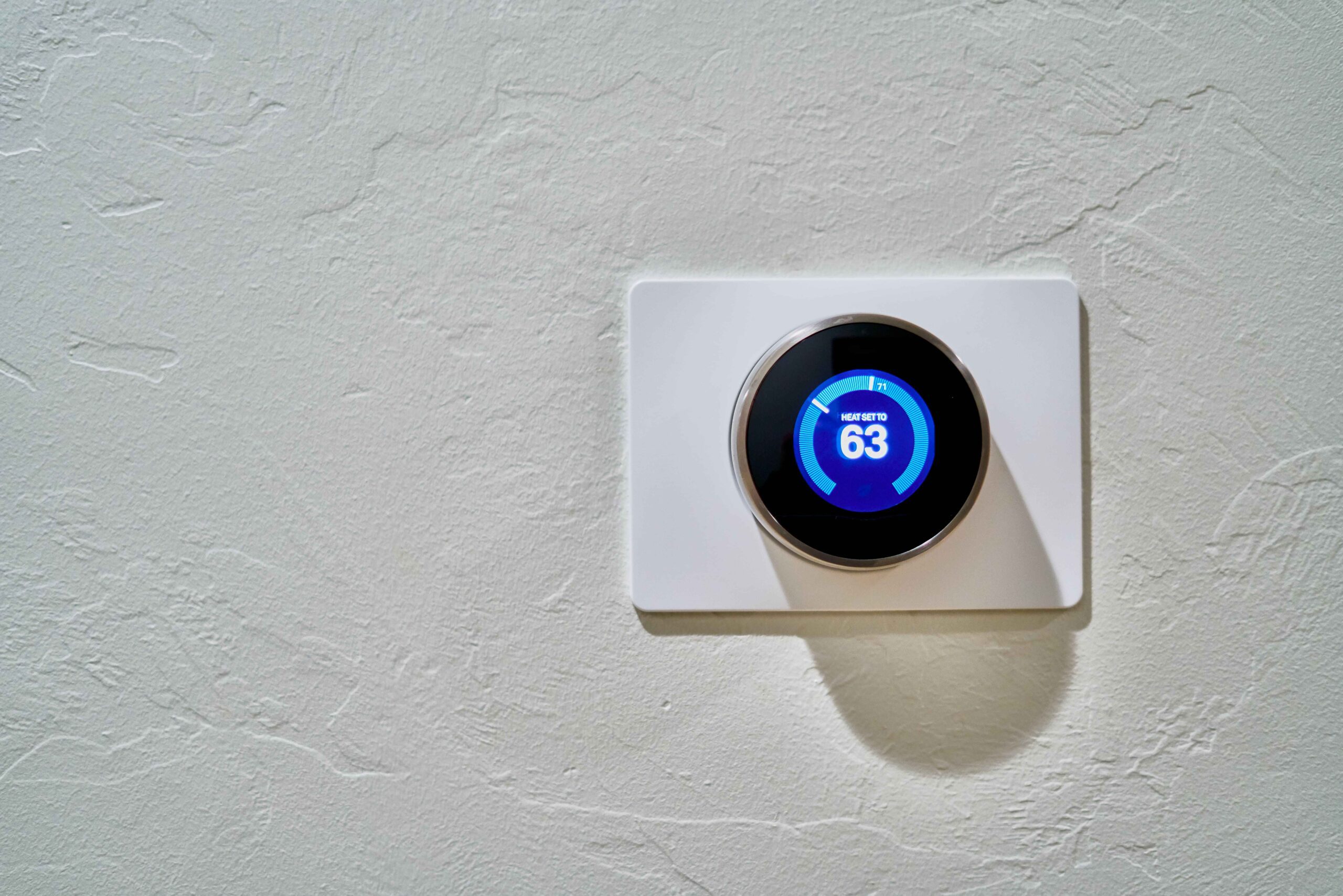Maintaining the level of humidity is essential, for creating an energy efficient indoor setting. When there is humidity it can lead to problems, like mold growth and discomfort. On the hand low humidity levels can cause dryness and respiratory issues. To address these concerns and improve energy efficiency Nest has introduced a device called the Nest Humidity Sensor. This device works alongside Nest thermostats to optimize humidity levels in your home. In this article we’ll delve into the advantages of using the Nest Humidity Sensor. How it can help maximize energy efficiency in your household.
Understanding the Nest Humidity Sensor
The Nest Humidity Sensor is a device that measures the levels of humidity in your house. It communicates with your Nest thermostat to offer up, to the minute information and valuable insights. By monitoring humidity levels the Nest Humidity Sensor empowers your Nest thermostat to make informed choices when it comes to controlling temperature and humidity.
Benefits of the Nest Humidity Sensor
- Optimized Comfort: The Nest Humidity Sensor guarantees that your home always maintains the humidity levels to ensure comfort. By synchronizing with your Nest thermostat it provides control, over both temperature and humidity effectively preventing any discomfort caused by dry or overly humid air.
- Energy Efficiency: Maintaining the humidity levels can have an impact, on how efficiently your energy is used. The Nest Humidity Sensor works together with your Nest thermostat to make sure temperature settings are adjusted based on the humidity in your home. This helps your HVAC system run efficiently which means energy waste and lower utility bills for you.
- Prevents Mold and Mildew: Excessive levels of humidity can provide the conditions, for mold and mildew to thrive. The Nest Humidity Sensor is designed to detect and notify you about humidity levels helping you prevent these problems and ensuring the well-being of your home and everyone living in it.
- Personalized Climate Control: The Nest Humidity Sensor seamlessly integrates with your Nest thermostat to deliver climate control. By taking into account temperature and humidity levels your Nest thermostat can create an tailored environment, for you and your loved ones.
Integrating the Nest Humidity Sensor with Your Nest Thermostat
To connect the Nest Humidity Sensor to your Nest thermostat you can easily do it through the Nest app. Once they are linked the sensor will continuously provide humidity information to your thermostat. This enables your thermostat to make choices when it comes to regulating temperature. Here’s what you need to do to begin;
- Install the Nest Humidity Sensor: Select a spot, within your home that accurately reflects the humidity levels to place the Nest Humidity Sensor. Make sure to follow the installation guidelines provided by the manufacturer.
- Pair the Sensor with Your Thermostat: To connect the Nest Humidity Sensor with your thermostat, first open the Nest app, on your smartphone. Then go to the settings for your Nest thermostat. Look for the option that says “Add product” and click on it. Follow the instructions that appear on your screen to successfully pair the Nest Humidity Sensor with your thermostat.
- Customize Your Humidity Settings: Once you have successfully paired the sensor you will be able to personalize the humidity settings using the Nest app. Simply set your range of humidity and the Nest thermostat will automatically adjust the temperature settings to ensure comfort and energy efficiency.
Tips for Maximizing Energy Efficiency with the Nest Humidity Sensor
To optimize the energy efficiency of your Nest Humidity Sensor you may want to consider applying these suggestions;
- Monitor and Adjust Humidity Levels: Make sure to monitor the humidity levels shown on your Nest app. If you see that the humidity is too high take action to lower it by using dehumidifiers or improving the ventilation, in your space. Conversely if the humidity is too low you may want to consider using humidifiers to increase the moisture in the air.
- Pair with Other Smart Devices: The Nest Humidity Sensor is designed to integrate with smart devices in your home. For instance you can connect it with smart window shades or blinds that automatically adjust based on the humidity levels. This not enhances airflow but also helps minimize the reliance, on excessive heating or cooling.
- Create Customized Schedules: Make the most of the scheduling options available, in the Nest app to personalize temperature and humidity schedules according to your habits. By adjusting settings you can ensure energy performance when you’re not at home or, during specific periods of the day.
- Utilize Energy-Saving Modes: The Nest Humidity Sensor can collaborate with energy saving features, on your Nest thermostat. These features make adjustments to temperature and humidity settings to save energy when you’re not at home or, during times of occupancy.
- Regular Maintenance: Make sure you regularly take care of your HVAC system to maximize its energy efficiency. Follow the manufacturer’s recommendations, for cleaning or replacing air filters. Don’t forget to schedule HVAC maintenance to keep your system running smoothly.
Conclusion
The Nest Humidity Sensor is an addition, to your home setup as it gives you better control over temperature and humidity. By optimizing these factors you can enhance comfort prevent mold growth and save energy. When combined with a Nest thermostat the Nest Humidity Sensor helps create an more comfortable indoor environment, for you and your family. Embrace the benefits of technology. Start managing your homes humidity levels today!

